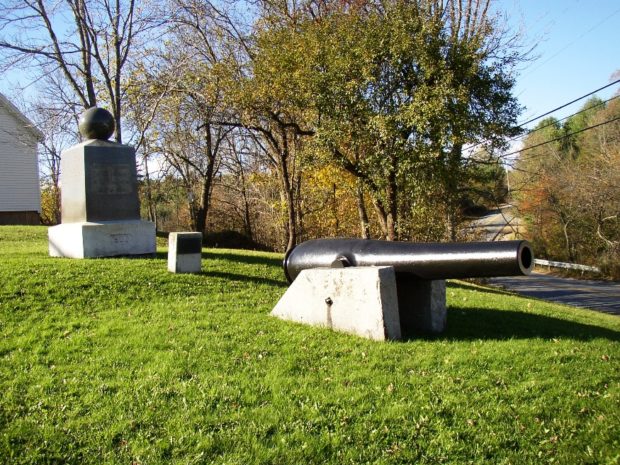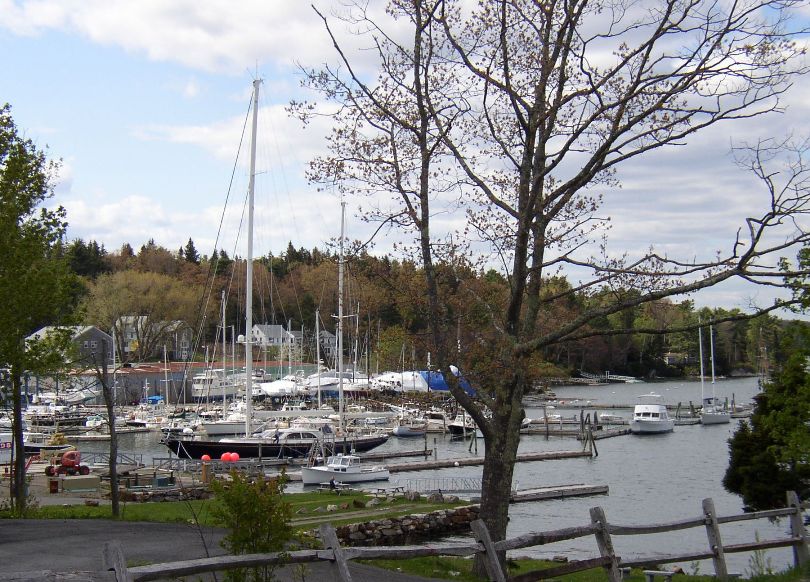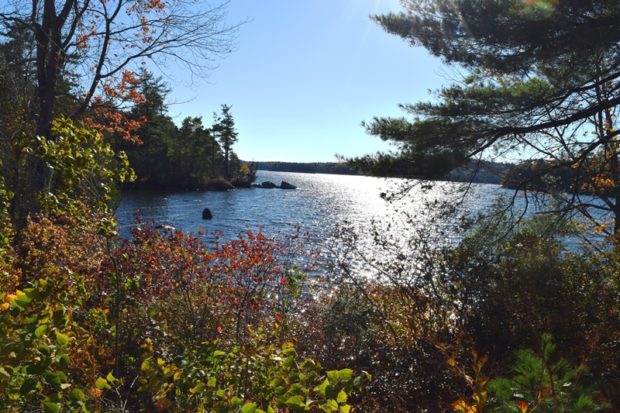Bristol

Pemaquid Neck hosts the village of New Harbor, along with Pemaquid Beach and Pemaquid Light. The area, visited by Europeans by 1569, is said to be the home of the Indian Samoset, who greeted the Pilgrims in 1621 in English. New Harbor is a departure point for Monhegan Island. See video and photos.







![Fine House and Barn on the Storer Road [Route 155] in Bradford (2014)](https://maineanencyclopedia.com/wp-content/uploads/140129189-Copy-2.jpg)












